Genghis Khan: Sacred Tomb, Secret Treasure delves into mystery of Mongol leader's burial place
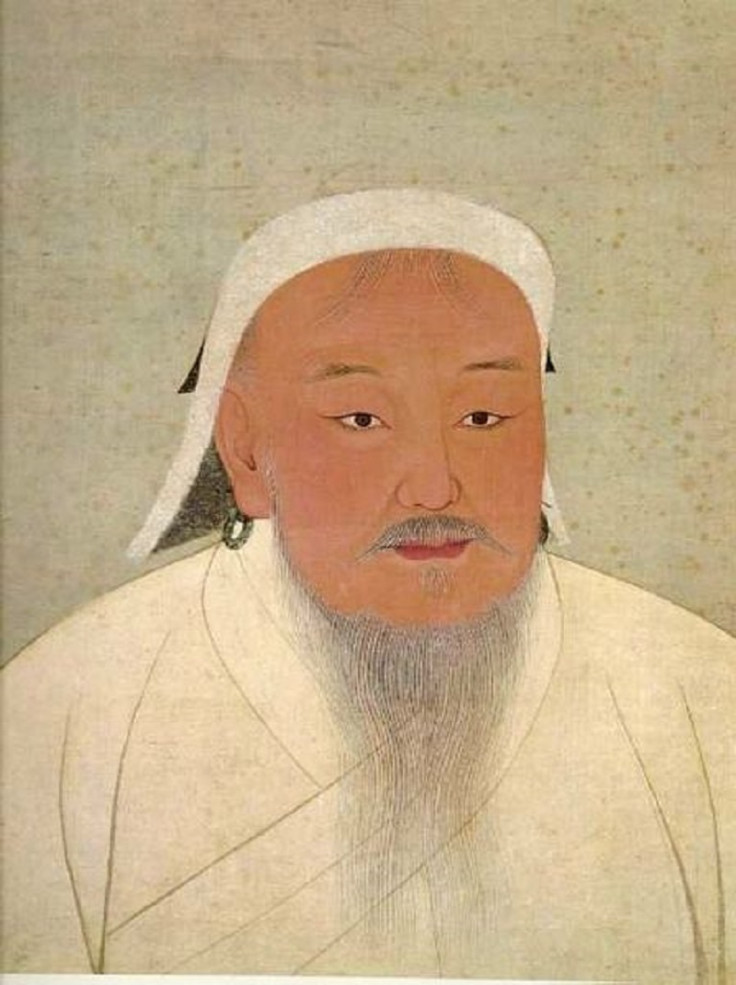
Where Genghis Khan was buried has long been the subject of debate. A popular (but probably untrue) story says the founder of the Mongol Empire asked to be buried in a grave with no markings. The soldiers carrying his body killed anyone on the way to the grave location. The people who built the grave were killed, then the soldiers who killed them killed themselves.
Regardless of the historical accuracy, the location of the tomb was lost. Over the years, archaeologists and historians have put forward many theories as to where it is. But with strict restrictions on carrying out archaeological digs on sacred land in Mongolia, being able to find strong evidence from any potential location has remained problematic.
What is known is that Genghis died in the late summer of 1227 in the mountainous Liupan region of China. His body was transported back to Mongolia for burial.
To solve the mystery, journalist Robin Ackroyd travelled to Mongolia. He spent two months travelling – 700km on horseback – around the land where Genghis lived, visiting different sites purported to be his tomb, to build a picture of life on the steppe 800 years ago.
In his book, Genghis: Sacred Tomb, Secret Treasure, Ackroyd documents his journey around Mongolia and combines it with historical records of Genghis' life and that of his successors. After analysing ancient texts and learning about modern-day life in Mongolia, he claims to have uncovered the location of Genghis' tomb.
Genghis' life and death
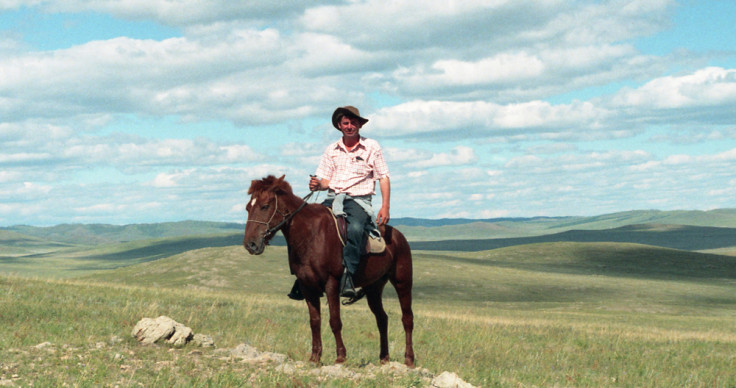
To understand Genghis and the founding of the Mongolian Empire, Ackroyd uses a wide range of historical texts to piece together the most plausible sequence of events relating to the emperor's life and death. Within this are two key texts – firstly, the Secret History of the Mongols (author unknown), the dynastic history of the Mongols which was written shortly after Genghis' death. "It's remarkably candid," Ackroyd told IBTimes UK, "We can see a lot of truth in the Secret History... there was a great assembly of Mongol chiefs and it was committed to paper just a few years after a written script had been adopted."
The other text was written by Rashid al-Din in the first decade of the 1300s. Originally from Persia, he was commissioned to write the history of the Mongols, which he expanded into the first world history. "He tried very hard to find out what happened, where Genghis Khan was buried, to decipher some of the mysteries surrounding his burial," Ackroyd said.
There are several different accounts of Genghis' death. A few say he was suffering from a fever – the Secret History of the Mongols says he had fallen from his horse one previous winter, possibly resulting in an infection. Another, much later and much gorier account, said he suffered from a sexual injury after taking one of his enemy's wives captive and attempting to rape her.
A chapter in Ackroyd's book, dedicated to his death, notes that the real cause was likely kept secret so his status as leader of the Mongol Empire could be preserved. To have died at the hands of an enemy would not have gone down well, nor would he have wanted any weakness to be revealed while on a military campaign.
Funeral
The time of death is fairly certain – it was towards the end of summer, in August. At this time in Mongolia, the temperature would have started to plummet, with hot days turning icy very quickly.
Returning home to be buried would have been extremely important to Genghis, Ackroyd writes. Seventeenth century Mongolian chronicles clearly say he was taken back to his homeland after death. This would have been firstly to a region at a bend in the Kherlen River, where his palace camps were located.
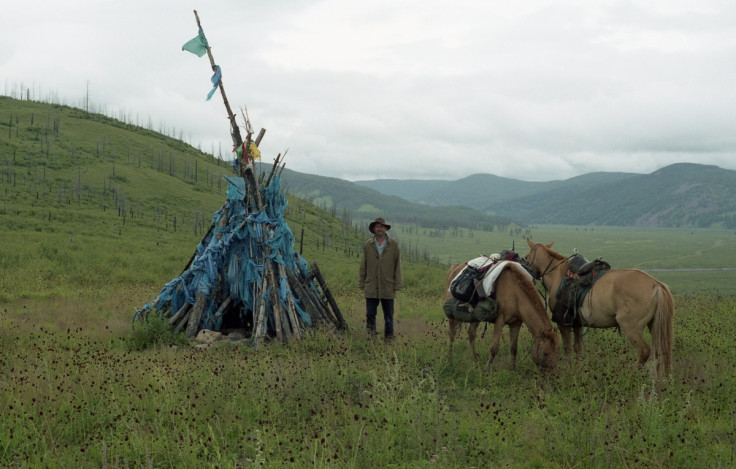
Rashid al-Din said his coffin was taken to this location, where mourning ceremonies would have been performed. Princes and leaders would have then met to discuss the future of the kingdom, before leaving for their own homes.
Genghis would like have been buried with a host of grave goods, sacrificial horses and possibly humans. One text says how 40 girls – adorned in precious garments, gold and fine jewels – were killed and buried with him, to join his spirit in the afterlife. This is said to have taken place two years after his death, after his son Ögödei took over rule of the empire.
Ackroyd points out many other (much later and very different) versions of his funeral, and what became of his body, likely emerged as a means of hiding the "true destination of the cortege".
Grave location
If details of the funeral are scarce and conflicting, where the burial took place is even more hazy. While many locations have been put forward, three stand out. One is Öglögchiin Kherem, or Almsgivers' Wall, in the Khentii province. Ancient graves were recently identified at the site, leading some speculation it could be Genghis' tomb, but none were royal graves. Another is Avarga, near Delgerkhaan, but this site, although his 'base-camp', had no real personal significance to Genghis – he was named ruler 200km away, and it was far from his birthplace. A third site, which Ackroyd believes is most plausible, is the sacred mountain, Burkhan Khaldun.
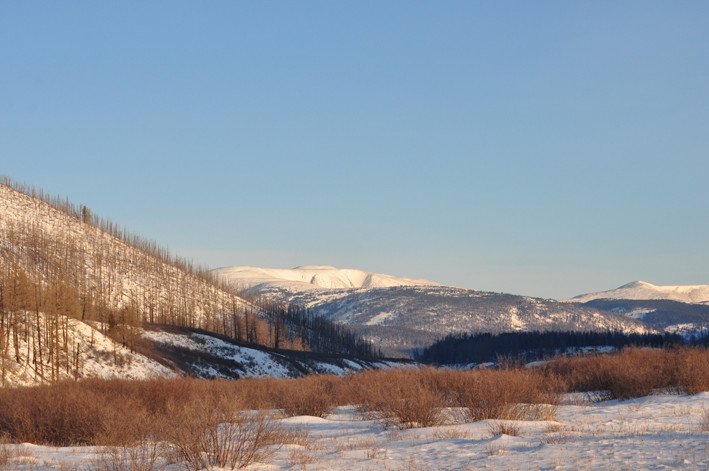
The 240km² area around Burkhan Khaldun is known as Ikh Khorig, or 'Great Taboo'. This was historically sacred land and trespassing is punishable by death. Ancient texts say the mountain once provided Genghis refuge early on in his life, when he was battling the Merkids. He is said to have gone up the mountain to hide, during which time he referred to himself as an insect. He survived and promised to pray to the mountain from then on.
So the mountain was important, but what other evidence points to this being his grave? Ackroyd says several texts specifically refer to Mongols valuing being buried at a high altitude. For example, in the Secret History, Genghis' former friend and later arch enemy Jamukha pleaded with the emperor for his body to be buried in a high place. Other high-standing Mongol leaders are also known to have been buried on high. With Genghis being the founder of the Mongolian Empire, it would make sense for him to be buried at one of the highest points in the land.
The location of this mountain, compared to others in Mongolia, also fits in with historical accounts of the burial place. It is in an area where three rivers meet, described by Rashid al-Din, and is roughly the right distance from his place of birth – six days journey. Rashid also specifically names Burkhan Khaldun as the burial place.
Further to this, at the top of Burkhan Khaldun, there is a huge mound of stones that does not appear to be a natural formation. Ackroyd said they very much appear to have been artificially moved to their current spot. If this is the case, it would have taken a huge amount effort, warranted only by Genghis and his family alone?
Archaeological evidence
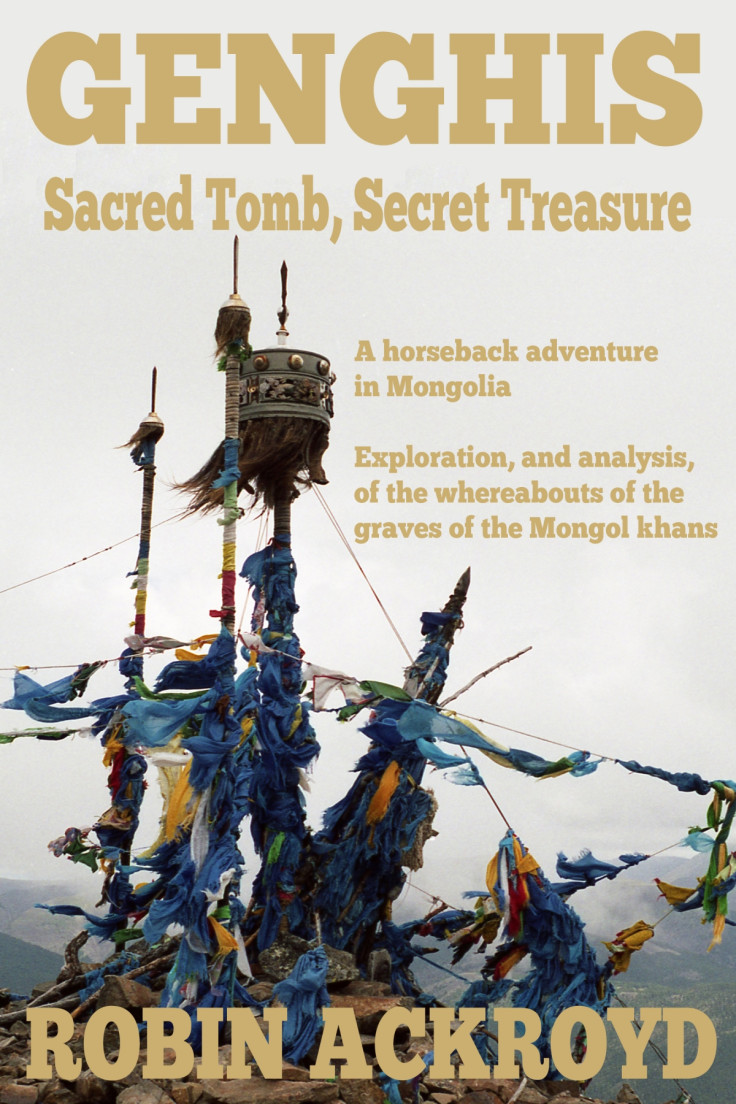
The Mongolian government has said Burkhan Khaldun is the most plausible spot for the tomb of Genghis Khan to be located. As of 2015, it has been listed as a UNESCO World Heritage Site. The chance of the land being excavated to find Genghis' tomb are, however, very low.
"I think any excavation of Burkhan Khaldun is unlikely in the foreseeable future," Ackroyd said. "It is important for Mongolians to know, or believe, that Genghis Khan was returned to his Mongolian homeland after his death.
"However many Mongolians would see it as desecration for the grave of Genghis Khan to be uncovered. There are ancient taboos about death and burial that still exist today. These taboos have helped keep the gravesite secret for almost 800 years. Shamanistic beliefs still play an important part in the daily lives of Mongolian nomads. They believe that the ancestors are alive in sacred places; to disturb a grave would be unthinkable."
He added: "In all probability that is the right mountain, and in all probability Genghis was buried high on this mountain. Then when you look at it there is this great mount of rock and you think 'could that be the grave site?' This is the highest point. Is that the tomb of Genghis Khan? Every indication is that he's buried at the top of Burkhan Khaldun."
Genghis: Sacred Tomb, Secret Treasure is available to buy from Amazon in paperback or for Kindle.
© Copyright IBTimes 2025. All rights reserved.






















